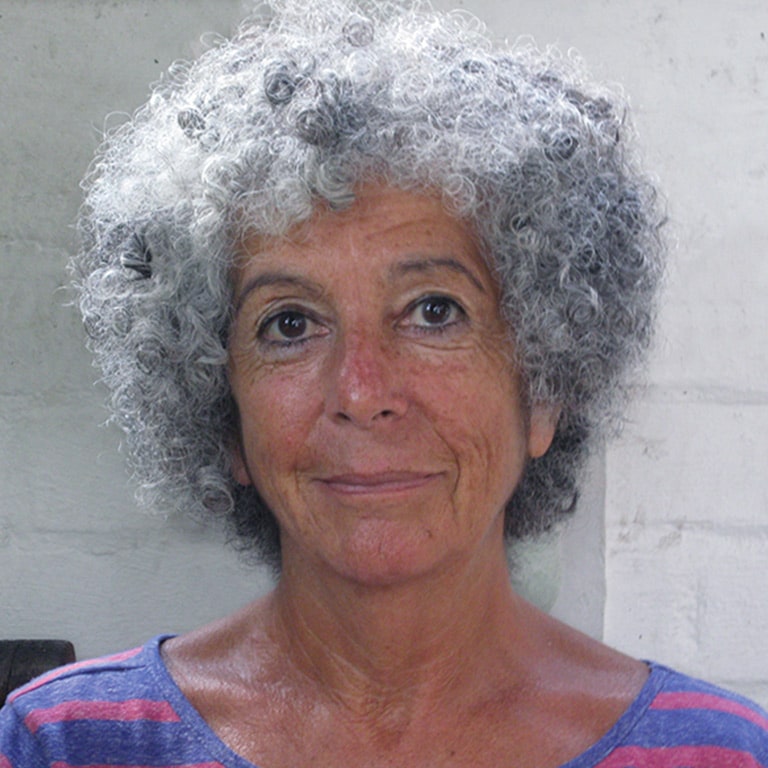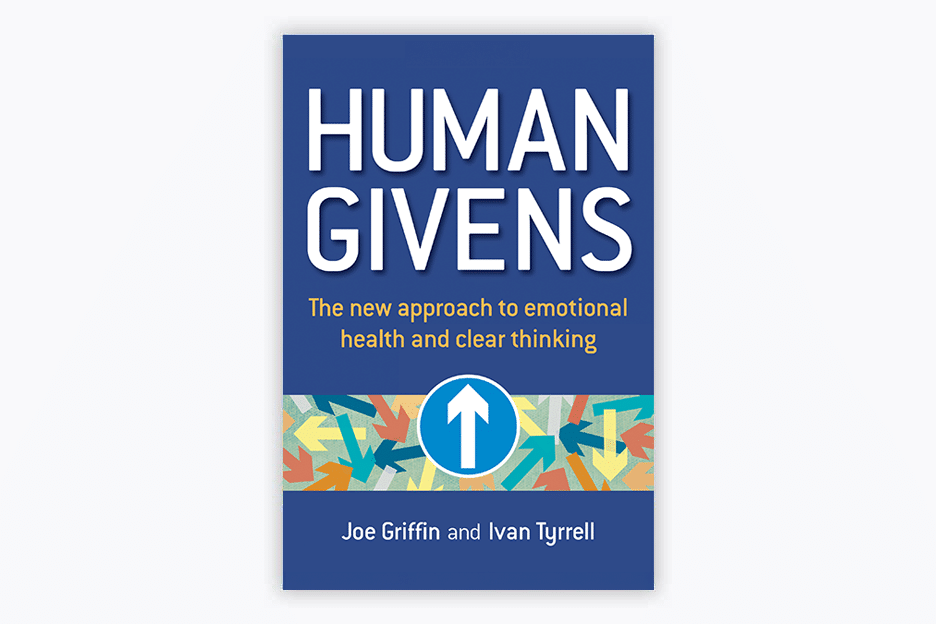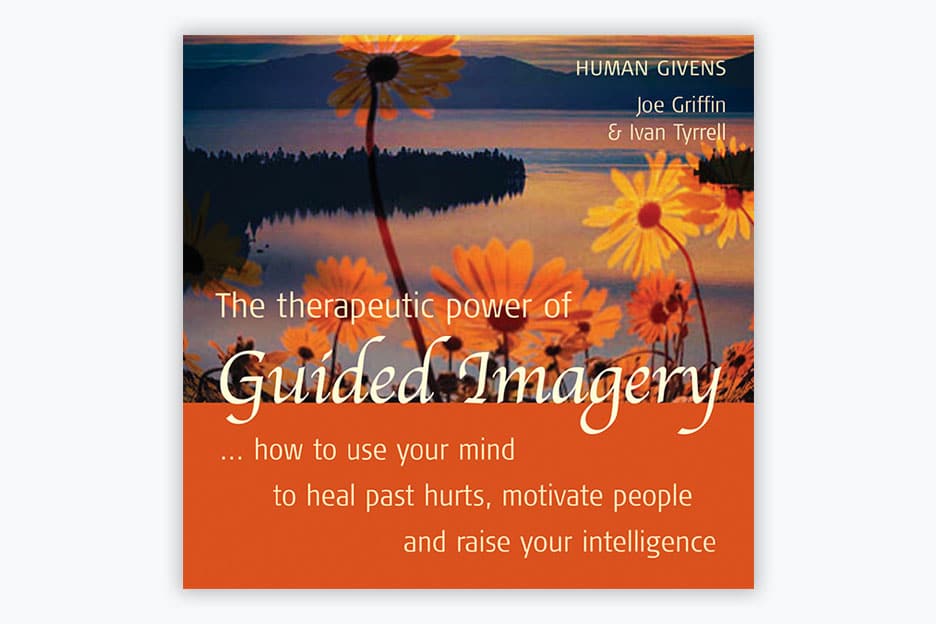The Rewind Technique: a powerful detraumatisation method that works

Denise Winn is editor of the Human Givens Journal, an HG tutor and an author specialising in psychology.
A little while ago, a mother of a teenage girl contacted me in great distress. For some months, 14-year-old Rachel had been acting completely out of character. Normally shy and gentle, she had become angry and aggressive, disobeying her parents to stay out late at weekends with unsuitable new friends, drinking, smoking and taking drugs.
When, frantic with worry, Rachel’s mother confronted her about messages she had found on her phone, Rachel finally broke down and revealed that, several months earlier, she had been raped by a boy in the year above her at school. As she had won prizes for art and he couldn’t draw, new friends from his year had persuaded her to go with him to local woods to help him find and sketch a plant for a botany project. He claimed the sex was consensual because (in her shock) she didn’t try to stop him. Feeling confused, dirty, humiliated and betrayed, she said nothing to anyone and tried to ‘lose’ herself in self-abusing behaviours.
We have our lovely daughter back!"
Five months of conventional therapy had done little to help her. Then the mother learned of the rewind detraumatisation technique and got in touch with me. The rewind is a non-invasive technique in which, while deeply relaxed, clients are guided to re-experience at top speed (as when rewinding and fast-forwarding a film) the traumatic events that still feel ‘present’, causing them high emotional arousal and intruding on their lives. Because everything flashes past so fast while in a relaxed state, there is no re-traumatising; instead, in this state of low arousal, the brain gets a chance to recognise that the traumatic events are truly in the past and no longer need induce fear and panic.
Rachel was desperate to be helped and it was a simple matter to relax her, guide her through what she needed to do to consign the awful event to history (it would always be a horrible memory but no longer an intrusive one that impacted on her day-to-day life) and get her to re-experience herself as someone talented, life-loving and with a hugely positive future ahead of her; someone who had learned an enormously important life-lesson and could grow stronger from it, with better understanding of whom she could trust, who truly cared for her and how she could protect herself in future. We also rehearsed in guided imagery how she could look forward to making genuine friends at her new school (she had left her old one because of insufficient evidence to bring a case against the boy) and engaging again wholeheartedly in activities, such as art and hockey, which she had previously enjoyed.
the rewind doesn’t require a client to verbalise what happened to them ..."
All this took 40 minutes from start to finish and, by the end, it was evident that Rachel had experienced profound change. Her mother emailed the next day. “I can’t believe it! We have our lovely daughter back!” Rachel needed just one more session to consolidate the advances she had made, and she was able to put therapy behind her, as well as the rape – equally important for normalising her as a regular teenager.
When the rewind technique is appropriate therapeutically, it is a wonderful intervention to use. It can give people their lives back after horrific events that they thought they would never be able to put behind them. My HG colleagues and I have used it variously for people who have been mugged, seriously burned in fires, survived terrifying car or train crashes and so forth, or seen these sorts of things happen to others.
It took just that one session ..."
Importantly, it can even be used to put into the past a ‘lifetime’ of abuse. A wonderful young woman called Mariella once came to see me. She was a talented potter, teacher and gardener, in a stable and loving relationship, and yet she quite regularly thought of killing herself because of a deep, underlying despair. It emerged that she had been brought up, in a small rural community in another country, by a schizophrenic mother, who told her that she was the devil and that terrible things would happen to her. To impress this on Mariella, she sometimes put roadkill on her bed and left her locked in cupboards. Neighbours tried to protect Mariella but without success. She ran away from home at the age of 16 and had been making her own way ever since.
Because Mariella had such powerful inner resources, it was straightforward to use the rewind to put the hopelessness she had felt in her childhood into the past where it belonged and have her re-experience her strong life-affirming instincts, her loving nature and build on her many talents to fulfil her dreams. It took just that one session to enable her to move on. This would not be the case, however, if the childhood of abuse had prevented normal emotional development – that requires longer-term work, in which the rewind can still play a valuable part.
Unlike other detraumatisation methods, such as the Emotional Freedom Technique (often known as ‘tapping’) or Eye Movement Desensitisation and Reprocessing (EMDR), the rewind doesn’t require a client to verbalise what happened to them, if they don’t want to, nor to verbalise what is happening during the process. It capitalises, instead, on the individual’s own unconscious powers of recovery.
Of course, it doesn’t work for absolutely everyone – nothing does. It may not be helpful for some people who struggle to use their imaginations, such as in some autistic spectrum conditions, or who overly identify with imagined worlds, such as some people with psychosis. But, in 20 years of using this technique, I can count on one hand those that it failed to transform. It is a powerful addition to any therapist’s armoury and even more powerful when integrated into the human givens approach.





